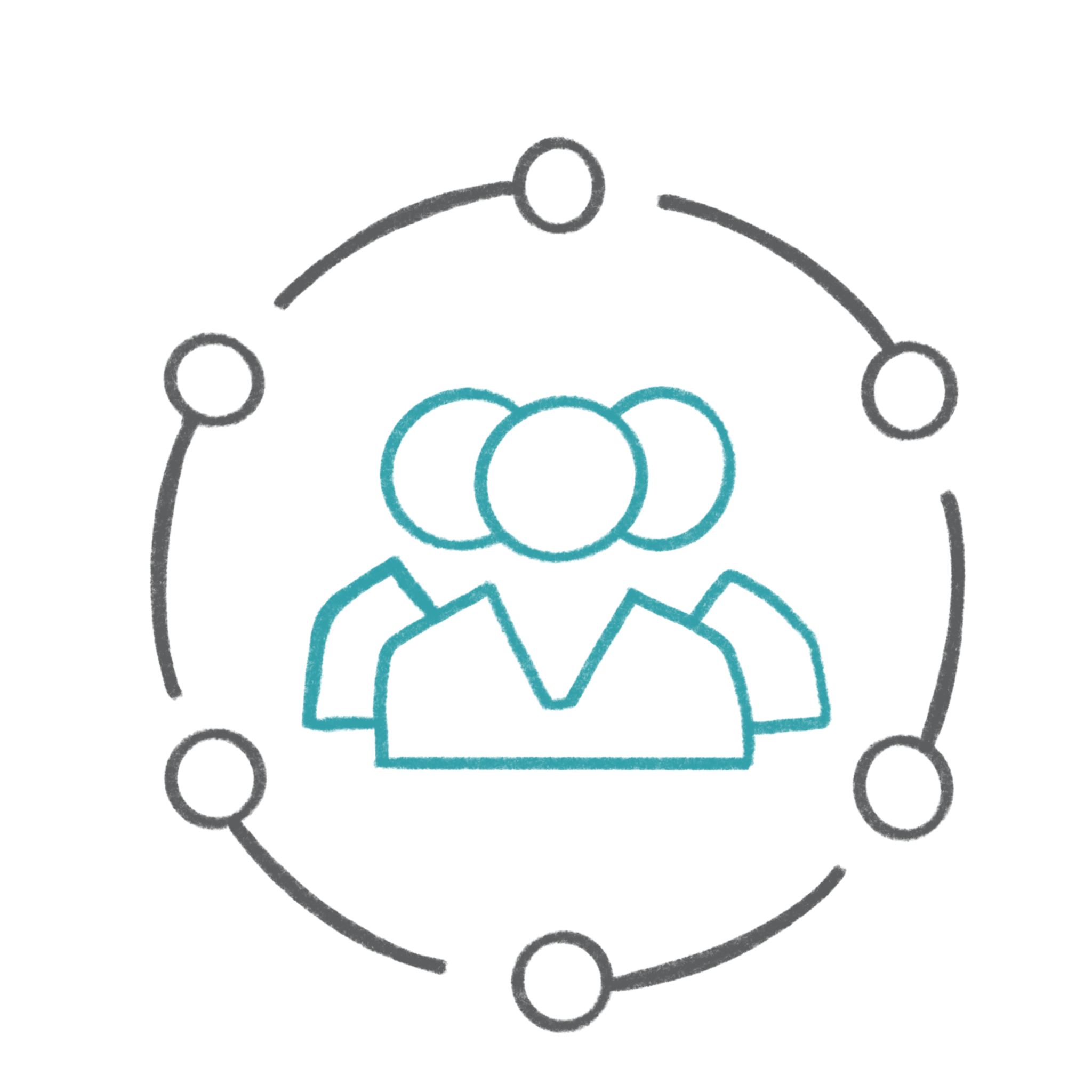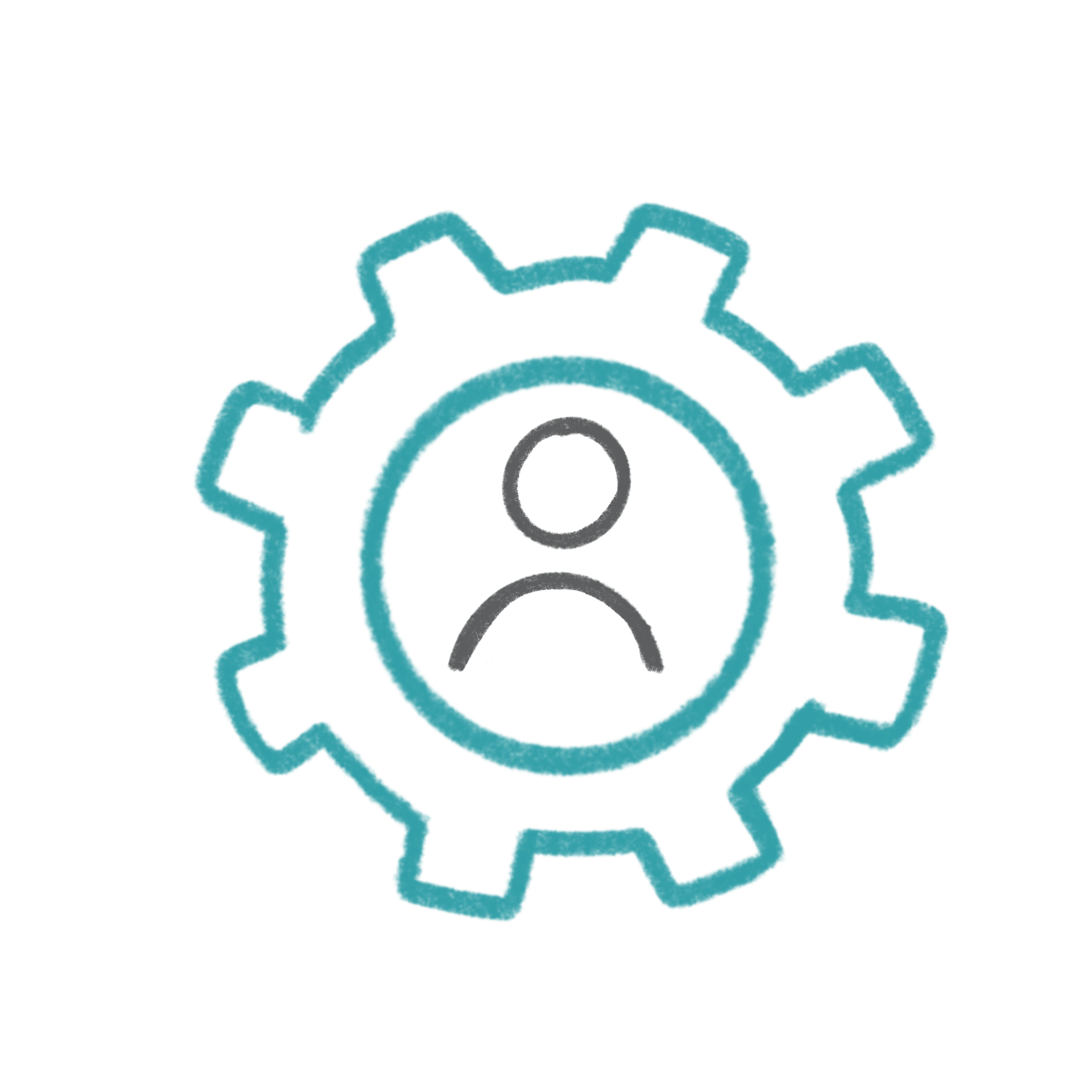Service design and user research
Making complicated things simple
What is user-led service design?
User-led service design is the process of solving problems for people by making complicated things simple.
Service design transforms services so they are fit for the digital age and so they meet the needs of the people using them and organisations running them.
Our approach
We believe the best way to provide services to people is to understand what they need. The best way to do that is to ask them directly, through user research.
Our service design approach unifies the disciplines of service design, content design, interaction design and user research, bringing them together to map, understand, interrogate and improve the end-to-end service. This helps us to understand the broad context around the problem we’re trying to solve, including:
● what people want
● what people need
● the pain points people experience.
We use this knowledge to understand opportunities to redesign the service (or create a new service) to better meet user needs.
Our expertise within service design
- User research
- Service design
- Rapid prototyping
- Usability testing
- Content design
- UX design

How our expertise can help

User research
Our user researchers are experts in identifying, engaging, recruiting and researching with users – getting the insights you need to drive your decision making.
They use a range of methods and techniques, in-person and remote, to fully understand and communicate user needs, including:
- ethnographic research, e.g. observation and contextual inquiry
- one-to-one interviews (both in person and remote)
- usability studies (both moderated and unmoderated)
- ‘pop-up’ or guerrilla user research
- thematic analysis
- empathy and journey mapping
- persona creation.

Service design
Our service designers look at problems from both an end-to-end and surface-to-core (top to bottom) viewpoint.
They use a range of methodologies and techniques, in-person and remote, to fully understand the existing service landscape, user journeys and context for the problem, including:
- as-is blueprinting: a workshopping technique for helping to understand the current service and landscape, its problems and pain points, and potential opportunities
- future-vision blueprinting: a group workshop method that turns as-is blueprints into ideas and sketches of how a future service could work.

Rapid protyping
Rapid prototyping enables us to iteratively design and validate proposed designs with users through the use of working prototypes. We take the results of the user research and feed it into the next prototype iteration.

Usability testing
Our user researchers use working prototypes to test designs (in-person and remotely) with a range of real users, including those:
- with accessibility challenges
- who are less digitally confident.
The testing identifies where improvements could be made to ensure the designs work for people in real life.

Content design
Our content designers are experienced in all aspects of content design, from creation of micro-copy or technical documents through to content audits/reviews and creating strategies.
They have extensive experience in creating GDS-compliant content that uses evidence, data and research to help users complete their goals, including:
- working on the end-to-end journey of a new or existing service
- presenting complex information in an easy to understand format
- creating content strategies, policies and plans.

UX design
Our user experience designers have a detailed knowledge of UX design best practice and the GOV.UK/NHS Design Systems: their patterns, components and templates. This includes designing services and products that meet accessibility requirements.
UX design works closely with the other disciplines (user research, content, and service design) to ensure we’re actually designing and building something that meets user needs, rather than just a set of features and capabilities.
“This really is a model for how all statistics should be developed: find out what questions people across society want to answer, and figure out how best to present the data to them. It shows how Government departments could do much more to publish data with the public users in mind – rather than simply publishing data in the way they always have done. Focusing on the public users opens up the opportunity for innovative ways of presenting statistics.”
Ed Humpherson, Director General, Office for Statistics Regulation talking about our work on the Ethnicity Facts and Figures service